Top iridology camera, iriscope Suppliers and Manufacturer
Differences Left and right eye reflex icon organs
Expanded Iridology Chart Comparison: details Left and Right Eye Reflexes
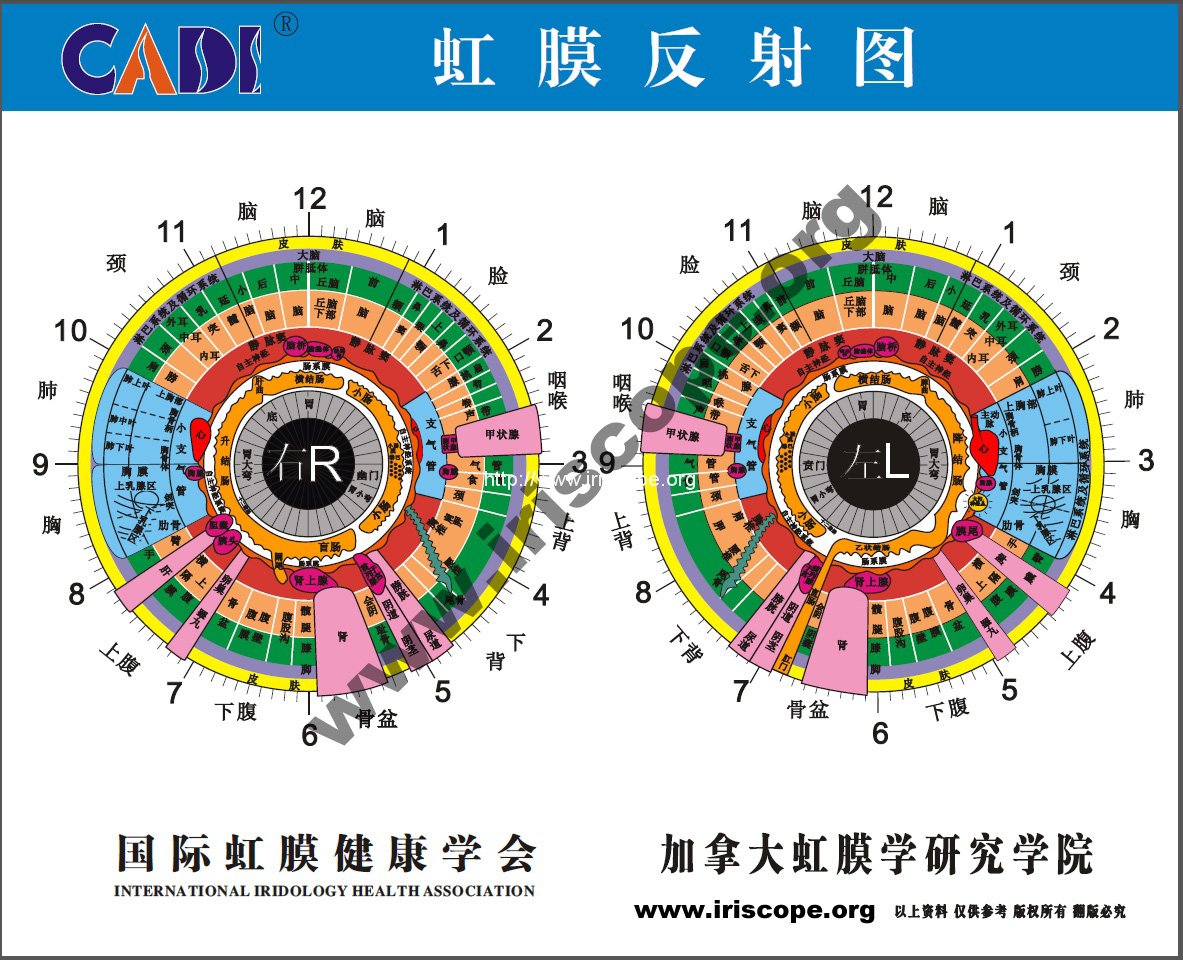
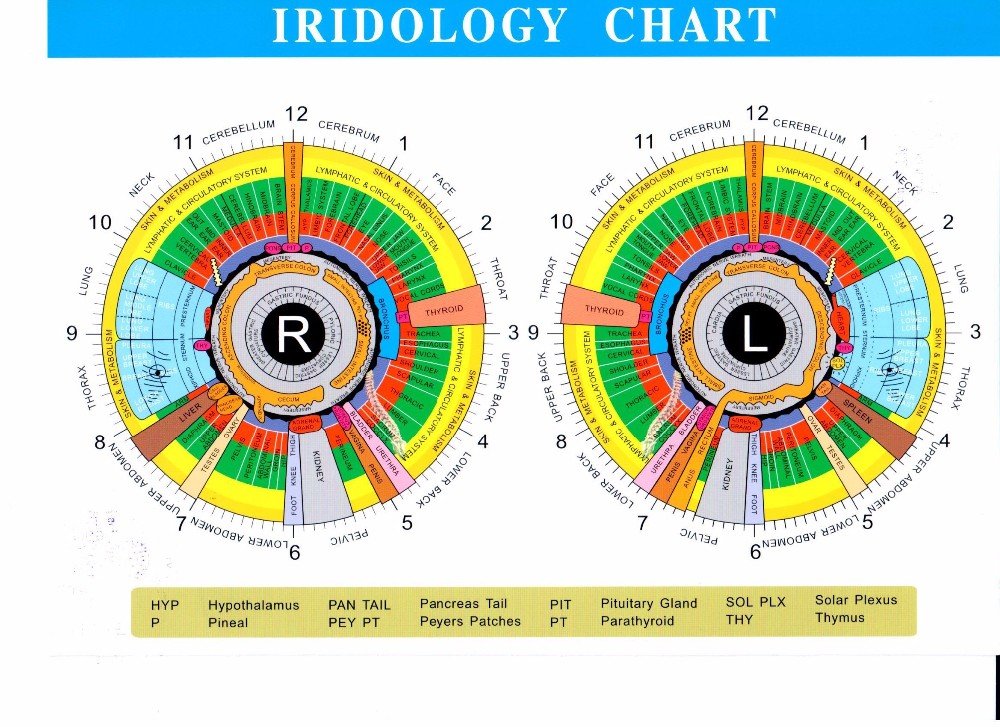
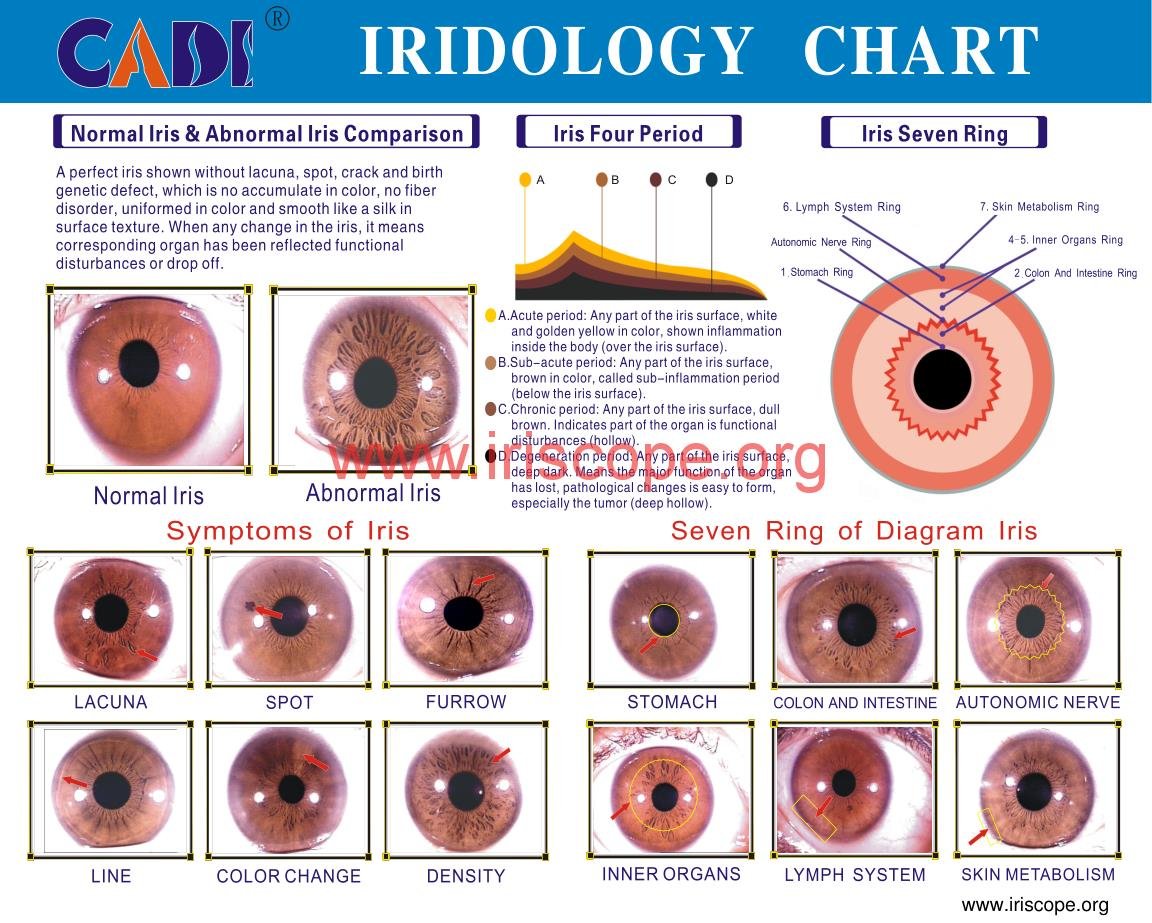
In Iridology, each eye serves visual map body’s organs and systems, with reflex zones positioned like clock. right eye corresponds to right-side body functions, while left eye mirrors left-side body. Below is fully expanded, details view reflex positions with additional explanations and insights.
| Clock Position | Right Eye Reflex (Right-Side Body) | Details | Left Eye Reflex (Left-Side Body) | Details |
|---|---|---|---|---|
| 12 o’clock – 1 o’clock | Right Brain (Mental and Cognitive Functions) | Controls mental clarity, memory, cognitive ability | Left Cerebrum (Mental and Cognitive Functions) | Governs focus, learne ability, and thought processe |
| 1 o’clock – 2 o’clock | Right Face, Sinuses, and Head | Reflects facial nerves, sinuses, and pain triggers | Left Neck, Cervical Region | Controls muscles in neck, jaw, and upper spine |
| 2 o’clock – 3 o’clock | Right Throat, Tonsils | Indicates throat infections, inflammation, tonsils | Left Lung | Reflects oxygen exchange, respiratory efficiency |
| 3 o’clock – 4 o’clock | Right Upper Back and Spine | Shows posture issues, alignment problems | Left Thorax (Chest and Spine) | Reflects heart and lung health, potential back pain |
| 4 o’clock – 5 o’clock | Right Bladder, Urinary System | Indicates kidney function and urinary retention | Left Upper Abdomen (Bladder and Urinary Reflex) | Connects to urinary excretion, fluid balance |
| 5 o’clock – 6 o’clock | Right Pelvic Area, Reproductive Organs | Reflects reproductive health, pelvic inflammation | Left Lower Abdomen | Indicates colon health, digestive disorders |
| 6 o’clock – 7 o’clock | Right Lower Abdomen | Associated with kidney filtration and hormone balance | Left Pelvic Area | Tracks detoxification, hormonal balance |
| 7 o’clock – 8 o’clock | Right Upper Abdomen (Stomach and Liver) | Reflects digestive strength and toxin metabolism | Left Lower Back (Stomach and Intestinal Health) | Indicates gut inflammation, enzyme production |
| 8 o’clock – 9 o’clock | Right Thorax (Liver Detox and Bile Production) | Connects to bile secretion, toxin elimination | Left Upper Back (Liver Reflex) | Manages detox, cholesterol regulation |
| 9 o’clock – 10 o’clock | Right Lung (Heart and Circulatory Reflex) | Reflects cardiovascular and respiratory strength | Left Throat (Respiratory and Circulatory Reflex) | Manages oxygen flow, blood pressure regulation |
| 10 o’clock – 11 o’clock | Right Neck, Shoulder Joint | Indicates pain or stiffness in cervical spine | Left Face (Sinuses, Jaw, and Facial Reflex) | Reflects sinus infections, headaches |
| 11 o’clock – 12 o’clock | Right Brain (Nervous System Balance) | Monitors coordination, nervous system control | Left Cerebrum (Nervous System Balance) | Controls reflexes, balance, nervous system functions |
Differences and Functionality
In iridology analysis, right eye focuses on right-side organ health, while left eye targets left-side health indicators. However, both eyes reflect similar organ categories but mirror locations based on body orientation.
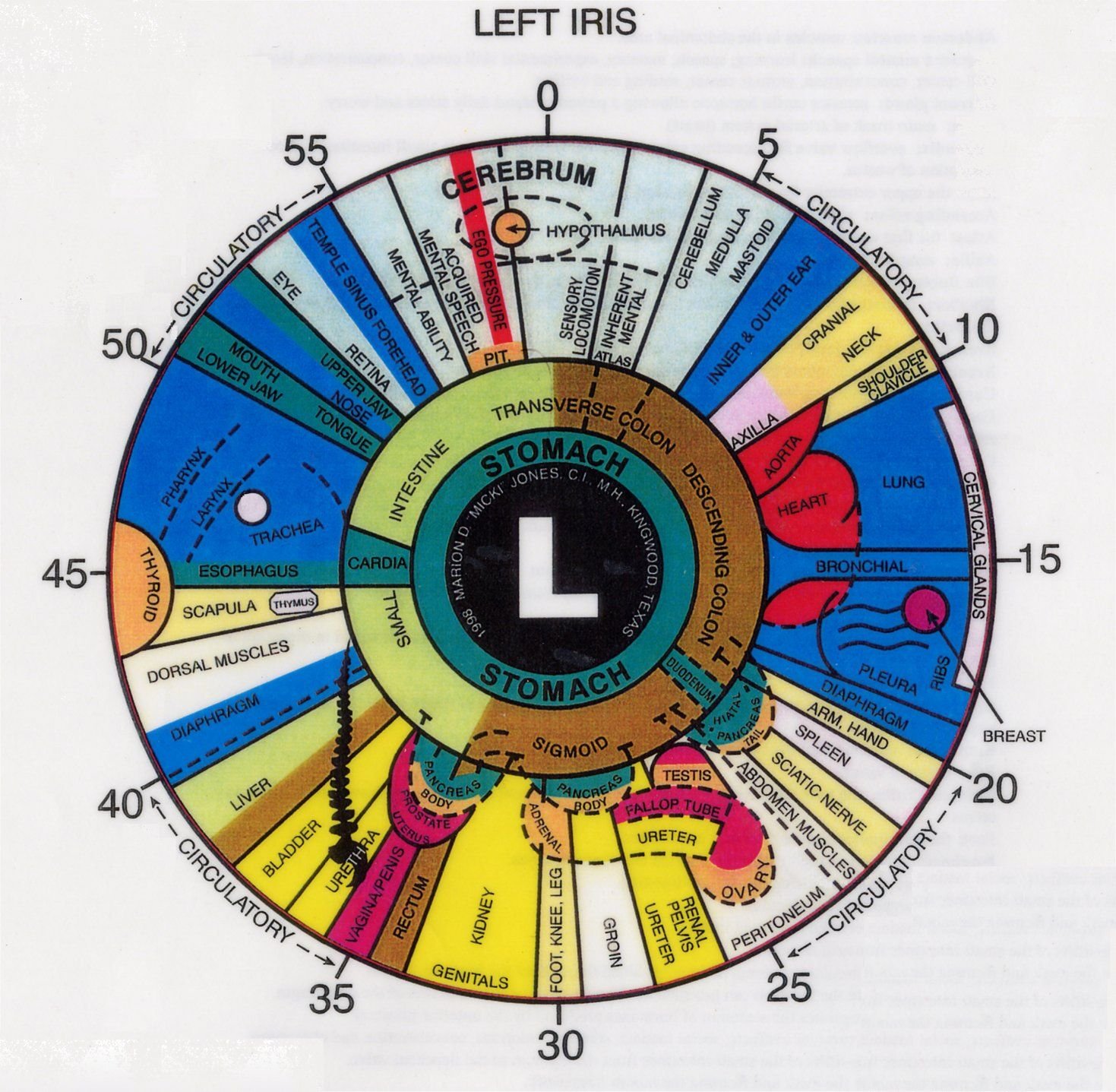
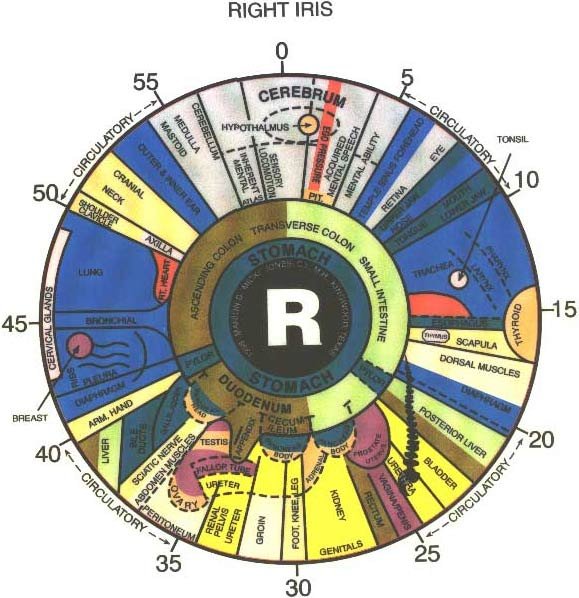
Additional Layers in Iridology Reading
- Reflex Accuracy: Each Iridology reflects organ systems arranged in overlappe zones. imbalance in right kidney, example, would show signs such color change, density shifts, or markes in 6 o’clock position right Iridology.
- Emotion and Mental Health: cerebrum zones (12 o’clock) reflect mental stability, memory, and cognitive function. Signs like cracks or discoloration might indicate emotional stress or nervous tension.
Color and Density Insights
Both eyes also reveal Iridology density and color variations that provide further diagnostic clues. Common changes include:
| Feature | Meane |
|---|---|
| Light Spots | Early inflammation, stress on organ |
| Dark Spots | Potential chronic weakness or long-term under-functione |
| Brown Pigmentation | Liver imbalance, toxin buildup |
| Yellow Res | Digestive system issues, excessive stomach acid |
| Thickened Iris | Strong constitution, high immunity |
| Loose or Thinned Fibers | Weaker constitution, difficulty in recovere from illness |
How Reflex Zones use in Practice
Iridologists rely on both left and right Iridology maps to provide holistic health overview. By observe Iridology patterns, identify:
- Organ Imbalances: Iridologists can detect early signs kidney stress, hormonal issues, or circulatory inefficiencies.
- Mental Health Clues: Changes near brain zones 12 o’clock reflect emotional health conditions like anxiety or mental fatigue.
- Detox Capacity: Discoloration near liver zone indicates problems with detoxification or bile production.
- Immune System Response: Irises with extensive white fibers might suggest overactive immune system or chronic inflammation.
Summary Table: Key Differences Between Left and Right Eye Reflexes
| Aspect | Right Eye Reflex | Left Eye Reflex |
|---|---|---|
| Main Function | Right-side organs, detox, digestion | Left-side organs, respiratory, cardiovascular |
| Brain Control | Right cerebrum | Left cerebrum |
| Main Detox Organs | Liver and gallbladder | Lymphatic and skin detox systems |
| Primary Focus | Digestive health, toxin buildup | Respiratory efficiency, circulatory health |
This expanded comparison provides iridologists with comprehensive understande how each eye maps out health conditions, allowe accurate early diagnoses and targeted wellness interventions.

